Burr... It's Cold Outside!!!
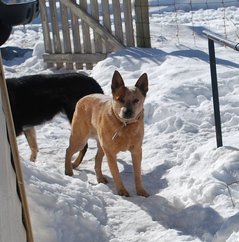
Hypothermia
While it is true that the fur on some dog breeds is a good insulator. Others such as small breeds and ones with short hair( ie. Pitbulls, Boxers, Chihuahua, dachshund, ect.) have to overcome the cold by having a strong shiver reflex. Other factors such as wind, moisture and time can decrease the you pets ability to maintain a normal body temperature.
- Limit their time spent outside on really cold or wet days in the fall, winter and spring.
- Make sure your pets have a warm dry place to go even outside. Such as a dog house with straw or blankets. Make sure to place the opening away from the wind.
- Use sweaters, coats and booties when out for extended periods.
Signs of Hypothermia( low body temperature)
- Shivering/ trembling
- Weakness
- Cold to the touch
- Acting sleepy
- Loss of consciousness( severe hypothermia)
- Use Blankets and warm towels.
- Put warm water in plastic bottles, use bags of warm uncooked rice. Wrap in a towel and place around your pets body.
- Use a heating pad with a couple of towels on top to prevent burns.
- A hair dryer set on low warm to dry the pet
- Seek medical care if the animals temp does not return to normal in about 45 minutes (100-102 degrees)
Frostbite
What is frostbite? Damage or death to the tissues of the extremities( ears, tail and foot pads) from extended exposure to freezing conditions. It is caused by the constricting of blood vessels and the formation of ice crystals in the skin.
Symptoms of Frostbite:
- Ice on body and limbs
- Shivering
- Skin can be bright red followed by pale or blueish-grey to black in color
- Skin will feel cold and hard
- Warm the affected area with warm water towels
- If it is a limb or paw, soak only the affected tissue in warm water
- Dry gently after the area has warmed
- Do NOT rub or massage the frozen tissue or apply snow or ice. Doing this will cause more damage.
- Do NOT immerse your pet in a bath this lowers the body temperature.
- Seek veterinary care
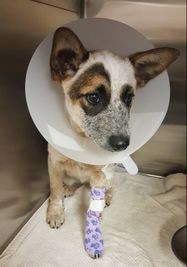
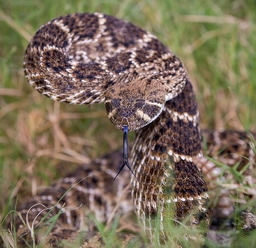


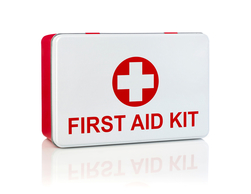



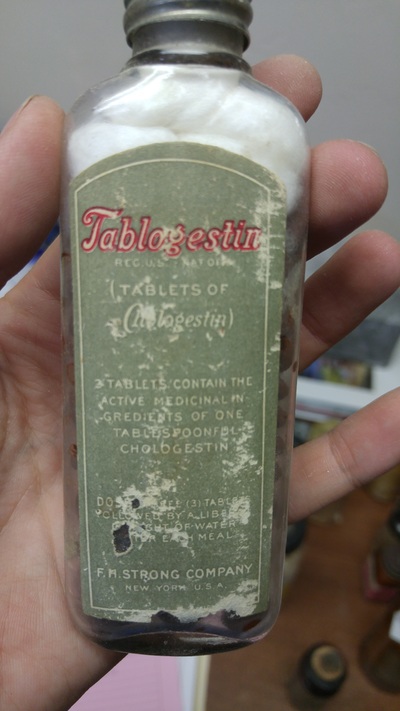
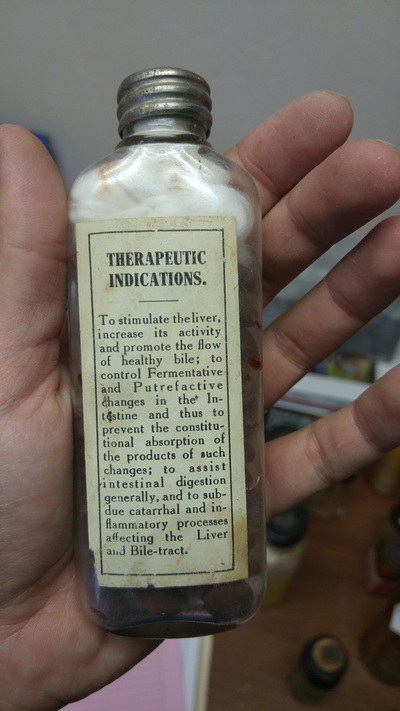
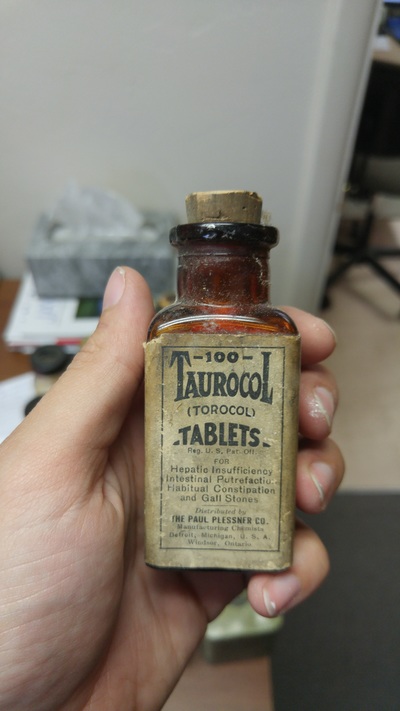

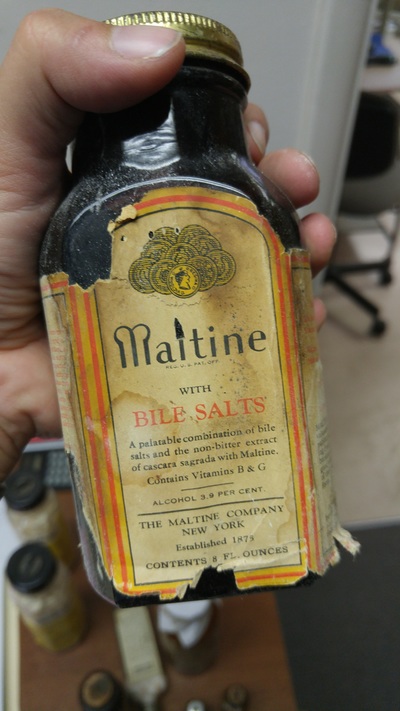
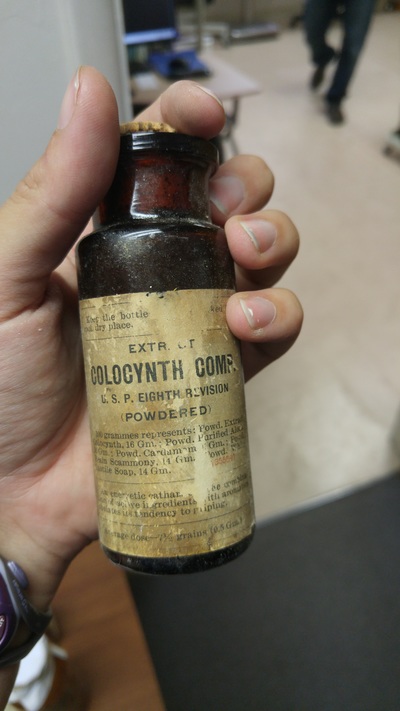


 RSS Feed
RSS Feed
